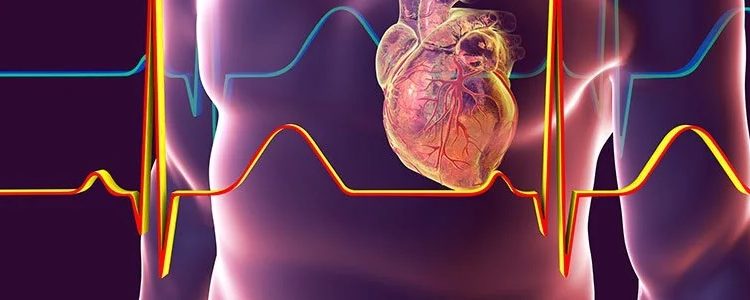The human heart is one of the most magnificent and indispensable organs. It beats every second for 24 hours a day, throughout one’s lifespan without a break. On average, the human heart beats around 100000 times, pumping approximately 2000 gallons of blood per day. Hence, extra care needs to be taken in order to ensure its smooth functioning. As per recent research, heart diseases are said to be the leading cause of death among men and women claiming nearly one million lives every year. The condition usually emerges due to an unhealthy diet and a sedentary lifestyle, while some other conditions may arise due to heredity. Some factors pump up the chances of contracting heart diseases, some of the risk factors are:
- Diabetes
- High levels of cholesterol
- Could be due to heredity – Heart disease in an immediate relative
- High blood pressure
- Condition of being obese
- Smoking
- Condition of being obese
Some symptoms of heart diseases include:
- Chest pain
- Jaw pain
- Pain in the left side of the back
- Nausea
- Shortness of breath
- Dizziness
- Pain the abdomen
- Fatigue
- Irregularity in the heartbeat
To understand how one arrives at this state, it is essential to comprehend the structure of heart. One is stricken with heart disease when the coronary arteries that are functional in supplying oxygenated blood to the heart muscles are deposited with plaque(composed of fat), cholesterol and other such constituents in the blood. The accumulation of plaque restricts the flow of blood to the chambers of the heart which would consequently lead to a cardiac arrest, a sudden heart attack.
Heart Diseases And Their Causes
Heart disease refers to the dysfunctioning of the heart due to several reasons. These are the disorders of the heart and the blood vessels which fail to perform their function normally.
Listed below are the 4 leading heart diseases along with their causatives.
1. Coronary Heart Disease:
It is one of the most commonly occurring heart diseases which may result in blockages in the blood vessels that supply blood to the heart – the coronary artery. It can cause the blood flow that reaches the heart muscles to decrease thereby limiting the oxygen supply. This condition can be triggered when the arteries harden, the state is termed as atherosclerosis. This disease can lead to angina(pain in the chest) or a heart attack.
2. Valvular Heart Disease
This disease arises due to the dysfunctioning of the valves of the heart. The valves are present at the exit of every chamber of the heart and regulate the uni-directional flow of blood and restrict backward blood flow in the heart. A defect can cause the closing and opening of valves to get affected and hence blockage or leakage of blood.
3. Heart Arrhythmia
It arises when there is a defect in the electrical impulses responsible in coordinating with the heartbeat which leads to an erratic heartbeat, either fast, slow or irregular. It can arise in the event of a heart attack, damage to the delicate heart tissue due to a previous heart attack, cardiomyopathy, high blood pressure, blockage of arteries, hypothyroidism, hyperthyroidism and many such causes.
4. Cardiomyopathy
In this condition, the heart muscles harden making it difficult for the heart to pump blood throughout the body. It can lead to failure of the heart. There are different types of cardiomyopathy, namely:
- Hypertrophic cardiomyopathy
- Restrictive cardiomyopathy
- Dilated cardiomyopathy
The causatives of the condition are usually dependant on other related conditions and vary from person to person, however, a few causes are:
- Persistent high blood pressure
- Scarring of the heart tissue from a previous heart attack
- Continued rapid heart rate
- Problems in the heart valve
- Obesity
- Hyperthyroidism or Hypothyroidism
- Hemochromatosis
Are a few contributing factors to the condition of cardiomyopathy.
Heart diseases not only have an impact on the heart but they also disrupt the normal functioning of the overall body structures such as the muscles, different types of joints, other vital organs such as the liver, kidney, etc. Hence care should be taken to reduce the risk factors leading to heart diseases. Two of the best practices to combat these diseases is adopting a healthy diet and maintaining an active lifestyle.
To know more about heart diseases and related information, please subscribe to BYJU’S YouTube Channel.

